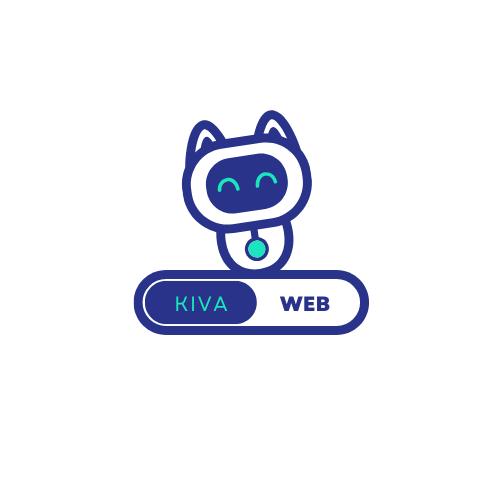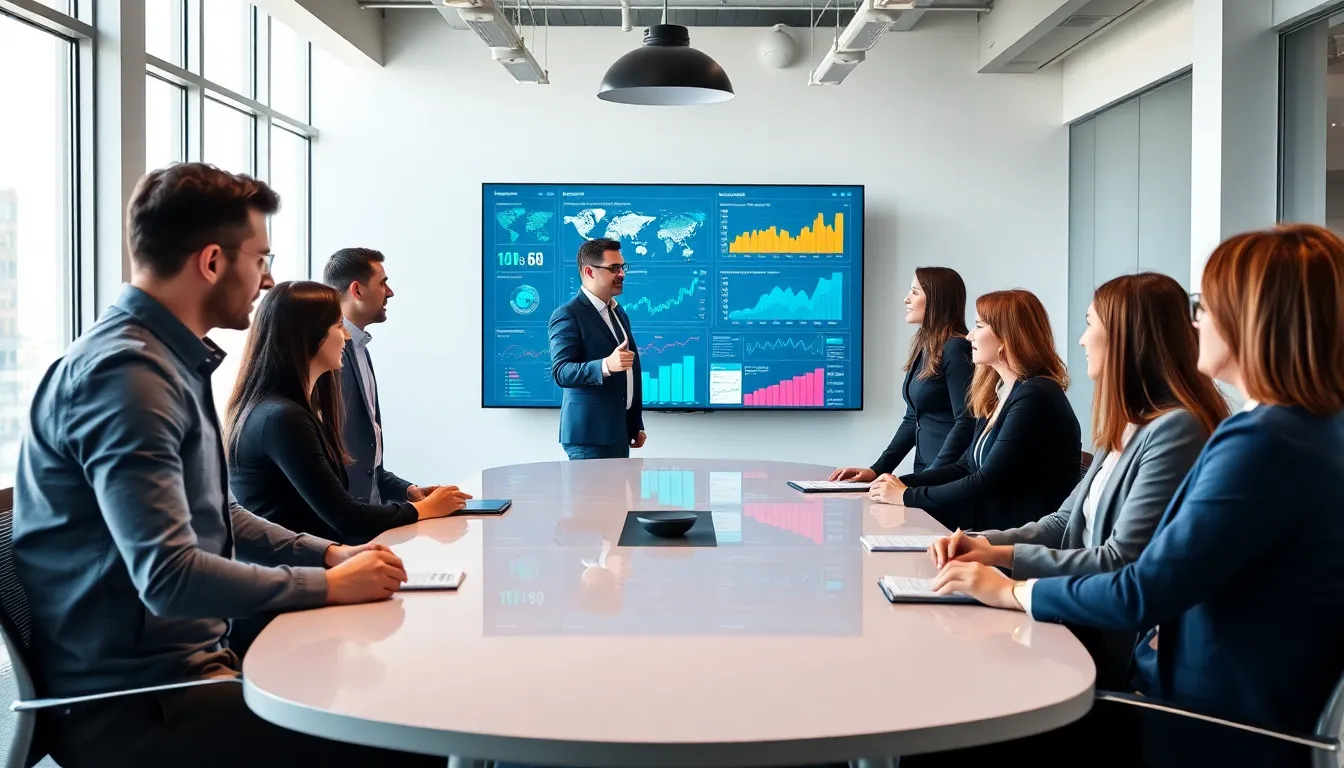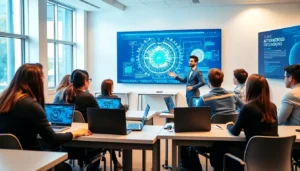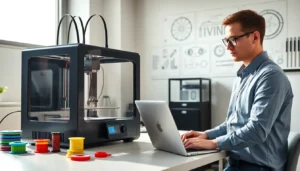3D printing, a revolutionary technology that somehow also manages to come with its own set of amusing yet frustrating problems. Ever tried using a 3D printer and had it spit out something that looks like a melted version of your favorite childhood toy? You’re not alone. In this guide, we’ll jump into the common 3D printing problems that can turn promising creations into mysterious blobs of filament. Get ready to rediscover your passion for printing while we tackle these challenges head-on with practical solutions and a dash of humor.
Table of Contents
ToggleCommon Issues with 3D Printing
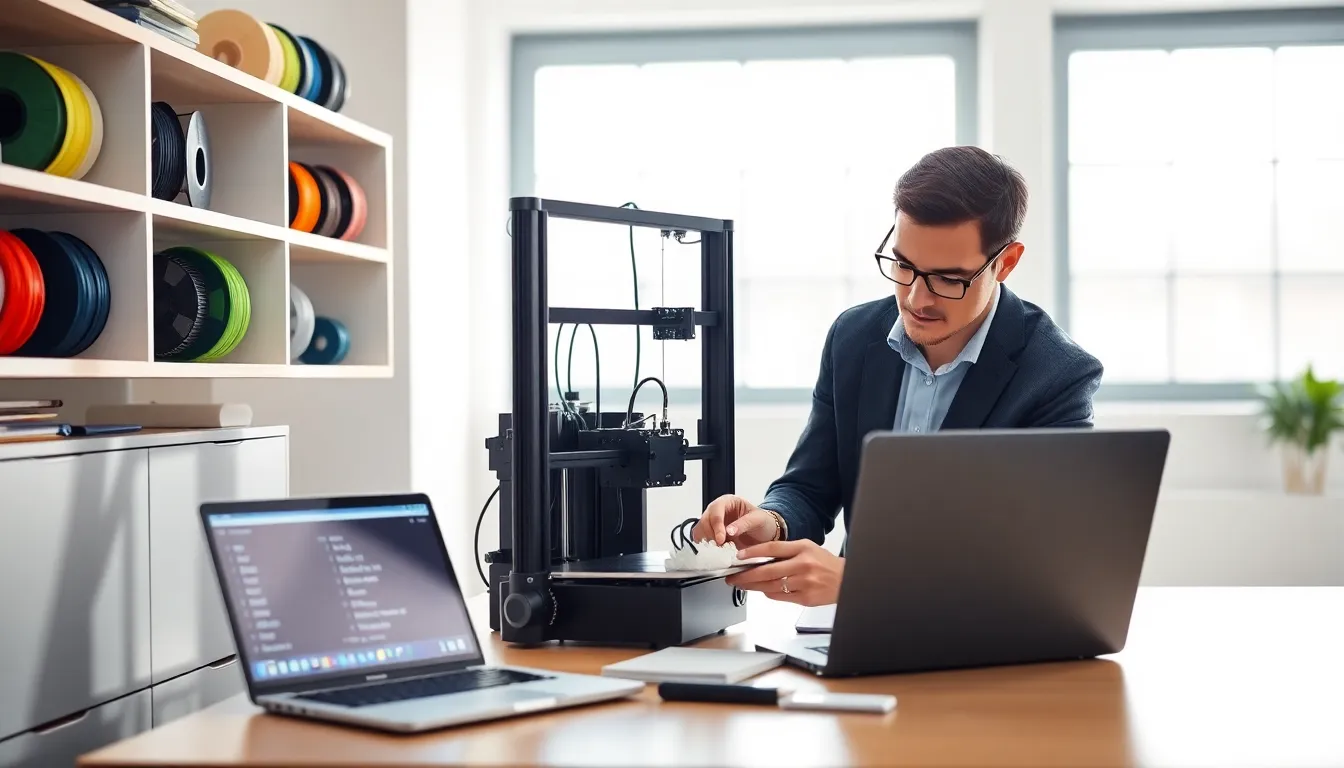
Material-Related Challenges
One of the most significant hurdles in 3D printing revolves around the materials used, whether it’s PLA, ABS, or TPU. Choosing the right filament can feel akin to navigating the intricacies of a high-stakes cooking competition. Too much moisture in the filament leads to bubbling and poor extrusion, while using the wrong temperature settings can turn your masterpiece into a messy, gooey sculpture. Understanding material properties, like temperature tolerances or how they react with different print heads, is crucial in avoiding these pitfalls.
Printer Calibration and Setup Issues
A properly calibrated printer is like a well-oiled machine. Conversely, a misconfigured printer can feel like trying to cook a perfect soufflé in a microwave. Misalignments can cause layers to shift, resulting in a print that resembles a bad Picasso. Regularly checking the bed level, adjusting stepper motor settings, and ensuring the nozzle clears are all vital steps. Proper calibration might take time upfront, but it saves enormous frustration during printing.
Print Quality Defects
Oh, the joys of aesthetic disasters. Print quality defects can stem from a mix of various factors: inconsistent feed rates, temperature fluctuations, or even the environment where printing occurs. Common defects include layer separation, stringing, or under-extrusion. Addressing these requires keen observation and often some trial and error, identifying the exact cause and making necessary adjustments. For instance, tweaking the retraction settings can significantly minimize pesky stringing, turning your spidery print into a clean masterpiece.
Operational and Technical Limitations
Mechanical Failures During Printing
Mechanical failures are the pranksters of the 3D printing world. Nothing will crush your 3D printing dreams quite like a sudden layer slip or a motor malfunction mid-print. Issues like belt slippage or clogged nozzles can occur, often requiring a keen eye to spot. Regular maintenance, tightening belts, checking for wear and tear, and ensuring the print head moves smoothly, can prevent these uninvited hiccups.
Software and Firmware Challenges
Software can be both your best friend and your worst enemy in the world of 3D printing. Problems arise when slicer settings aren’t correctly configured or when firmware updates go awry. If a print unexpectedly stops with no clear reason, a deeper investigation into the software settings is necessary. Sometimes, downgrading a firmware version can resolve compatibility conflicts, and regularly updating slicers helps manage bugs and improve performance.
Post-Processing Difficulties
Surface Finish Problems
Post-processing is a love/hate relationship for many 3D printing enthusiasts. While it’s essential to achieve that glossy, professional finish on a print, the process itself isn’t without its challenges. Layer lines can be prominent and can often detract from the final look. Sanding, painting, or using acetone vapor can improve surface quality, but these methods take some know-how and patience.
Warping and Adhesion Issues
Ah, warping. The bane of every 3D printer’s existence. Prints often curl at the edges as they cool, leading to unsightly disasters. Adhesion issues can arise from the printing surface not being heated enough or the correct adhesion material not being used. A heated bed can help, along with using adhesives like glue sticks or hairspray for better sticking power. Experimentation is key to finding what works best with each material.
Strategies for Troubleshooting 3D Printing Problems
Best Practices for Material Selection
Selecting the right material goes beyond simply picking what’s on sale. Understanding each filament’s features and limitations aids in making informed choices. Keep environmental factors in mind: for instance, certain materials may require controlled humidity to maintain their properties. Research can be tedious, but it’s an investment that pays off in print quality.
Effective Printer Calibration Techniques
Calibration is like giving your printer a pep talk before each print. Start with the basics: leveling the print bed, checking extruder steps per millimeter, and ensuring that the nozzle height is optimal. More advanced users might investigate into slicer settings, tweaking speeds and temperatures to find the sweet spot for specific materials and create prints that amaze.
Tools for Monitoring Print Quality
To keep track of print quality, leveraging the right tools can make the process smoother. Cameras used for monitoring prints in real-time can identify issues before they escalate into major failures. Also, slicers come equipped with simulation modes that can help visualize potential problems before hitting that “print” button.
